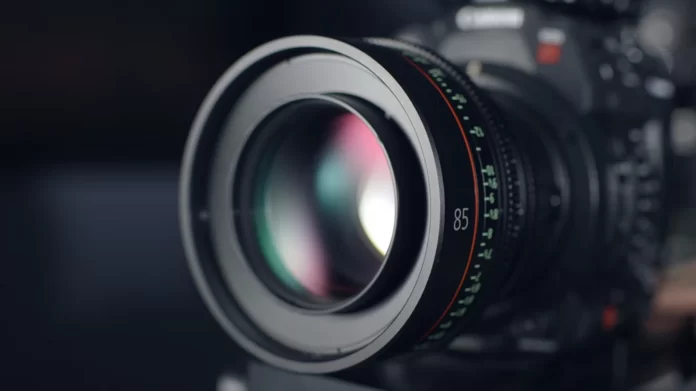ISO is one of the most important settings when taking photos, along with shutter speed, aperture value, and white balance. ISO is also often referred to as ISO sensitivity, ISO level, or simply the light sensitivity of the sensor or film.
What does ISO mean
Instead of calling it ISO, it’s often referred to as light sensitivity. This name better describes the purpose of this parameter. ISO is a measure of how sensitive a sensor is to the light it’s exposed to. A higher ISO sensitivity makes the sensor more sensitive to light, so higher values are used to take pictures in low light conditions.
Today’s digital cameras can take photos at different ISO settings that will be recorded on the same memory card. In the past, photographers had to change film to change the ISO setting.
Anyway, here’s more about ISO in your camera.
What is ISO
ISO is one of the three components of the exposure triangle in photography, along with shutter speed and aperture, that can be adjusted when taking a photo.
ISO adjusts the amount of light the camera lets in and has a significant effect on the dark or bright areas in photographs-all of which can be adjusted for technical or artistic reasons.
ISO values were originally established by the International Organization for Standardization (from which the name ISO comes) to refer to the sensitivity of film in a camera to light. ISO standards in digital photography still have the same numbering system that indicates the sensitivity of a digital camera sensor to light.
When should you increase ISO
For example, the camera can’t line up a normal exposure. The lighting is too low for it. Sometimes you can use the flash, but it doesn’t always help. For example, when shooting at a concert, you cannot always use the flash and it doesn’t always help. In that case, you need to increase the ISO manually or set the auto sensitivity mode.
Increasing the ISO gives you the opportunity to reduce the shutter speed. This will help you get rid of the shake or allow you to take normal shots where a lower sensitivity would have required a tripod.
How to configure ISO settings
The ideal ISO value allows the camera to achieve good image quality by allowing just the right amount of light to reach the light-sensitive sensor. In bright light, it’s better to use low ISO values because they are more suitable for good light conditions.
Conversely, when there’s less light, a higher ISO value is required to compensate. A high ISO setting increases the camera’s sensitivity, which is ideal for shooting in low light conditions.
How to choose the right ISO value
Here are some general rules for choosing the right sensitivity level for DSLR and mirrorless digital sensors:
- ISO 100.
- This is the best choice for shooting outside on a sunny day, this is probably the most intense light situation in which you will be shooting.
- ISO 400.
- In reasonably good but less intense light – for example, indoors near a window or outdoors on a cloudy day – it’s best to use a slightly higher ISO value.
- ISO 800.
- If you are shooting indoors without an additional light source, such as a flash, you should work in this range.
- ISO 1600 or higher.
- If you are shooting outdoors in darkness or indoors with dim lighting, you will need a high ISO value. If you have a moving subject, combine a high ISO value with a fast shutter speed.
What is the golden rule of ISO setting
Professional photographers always recommend remembering the golden rule – shoot at the lowest possible ISO settings. As soon as you get a chance to lower the ISO, do it. Raise the ISO only when you need it, for example, when the shutter speed at a low ISO is too long for normal handheld shooting.
To get the ISO as low as possible – open the aperture as much as possible. If you have a flash, don’t use a high ISO. Although, sometimes you can shoot at high ISOs with the flash.






